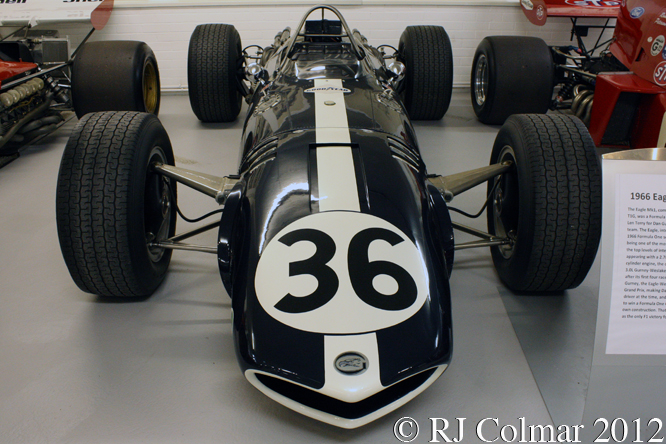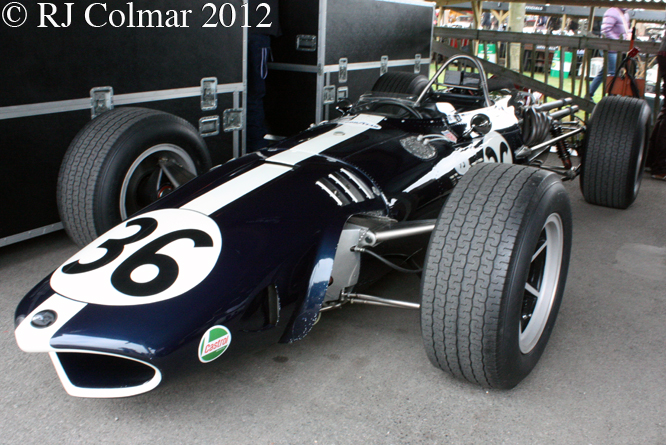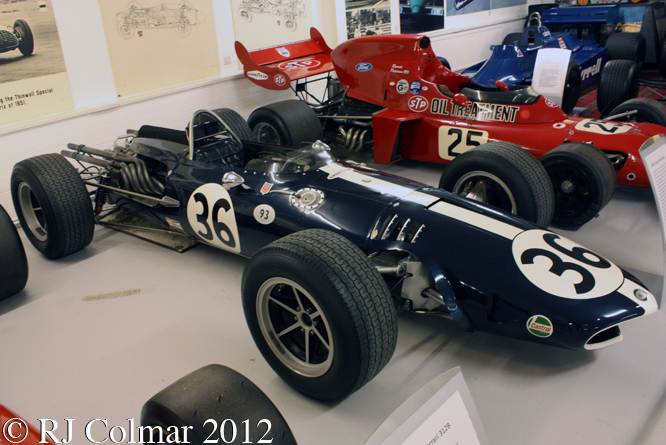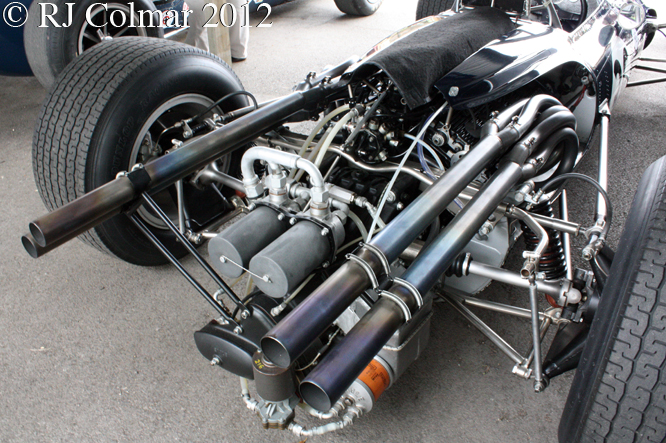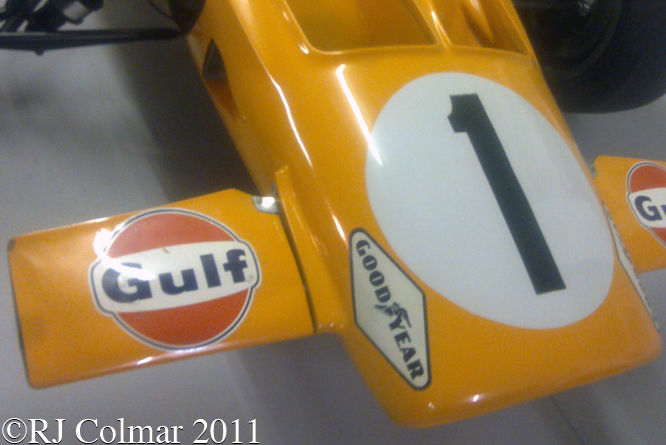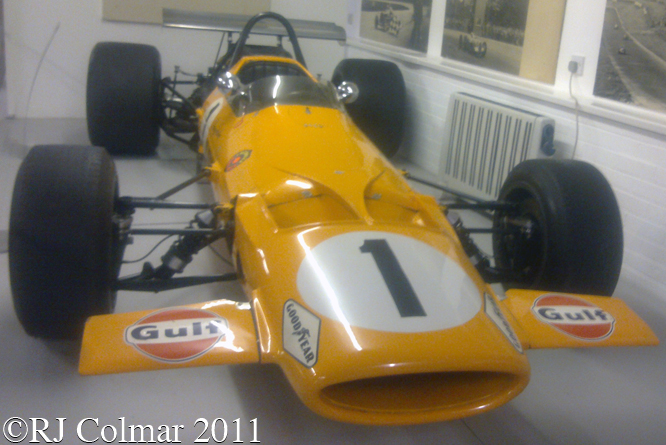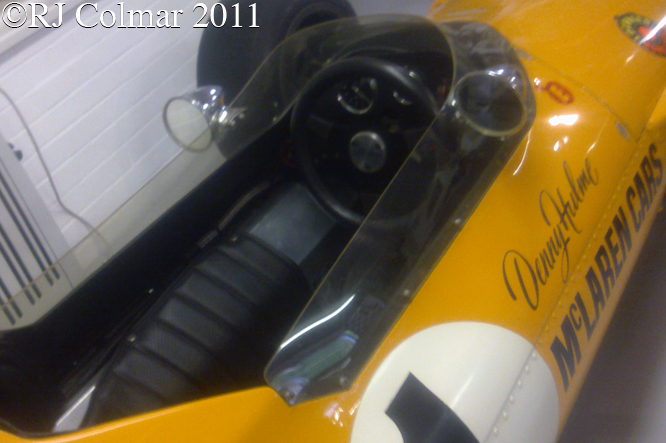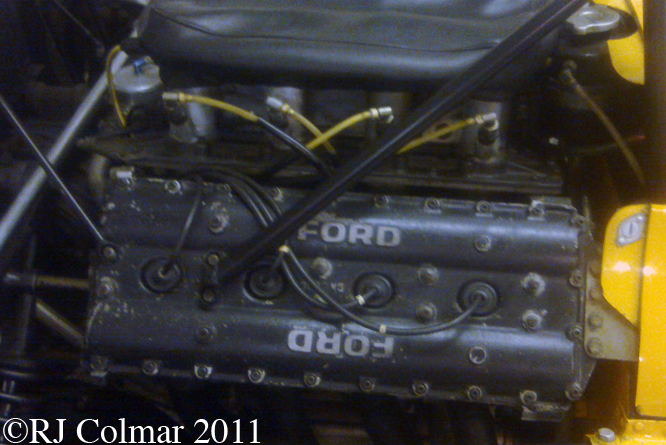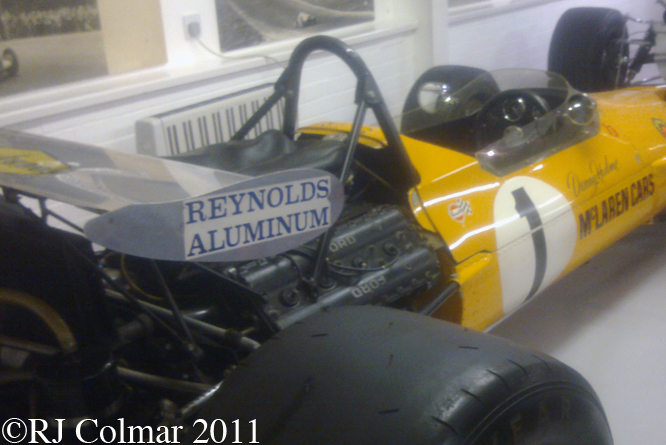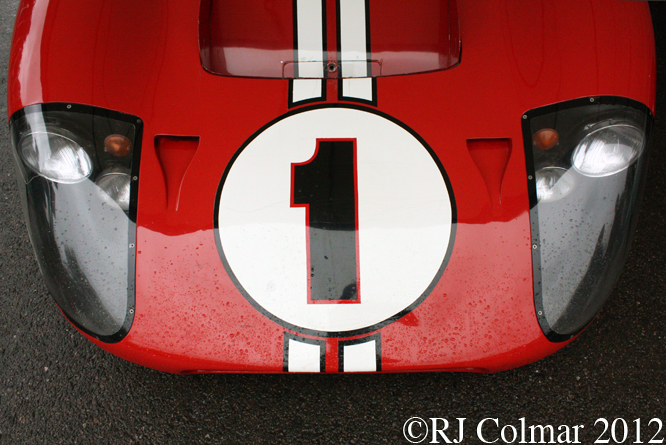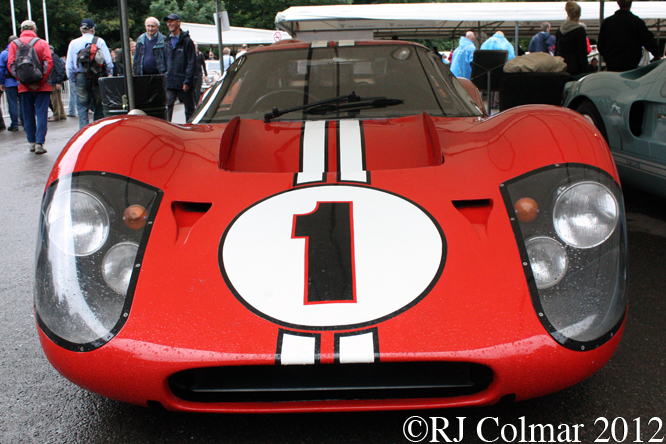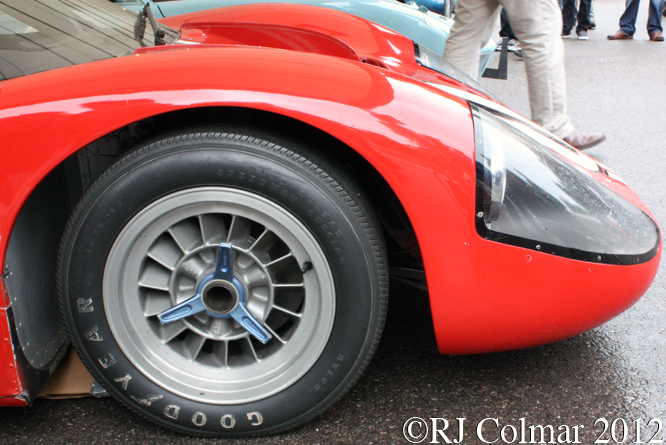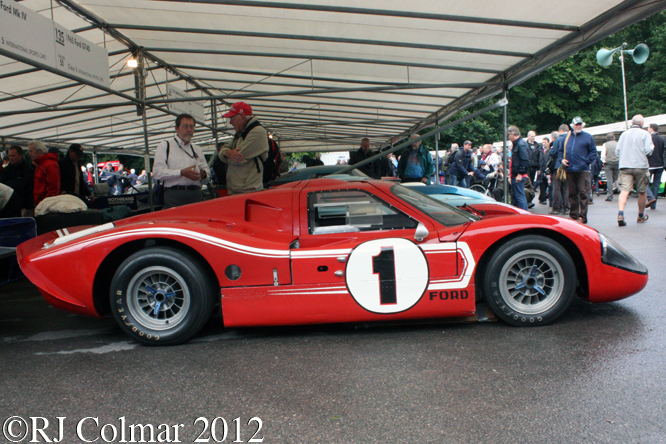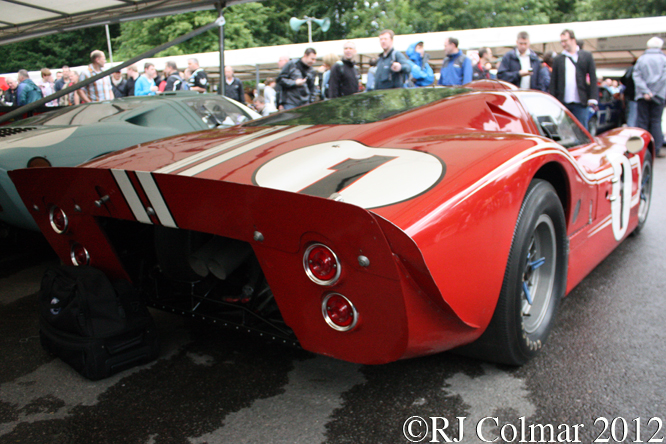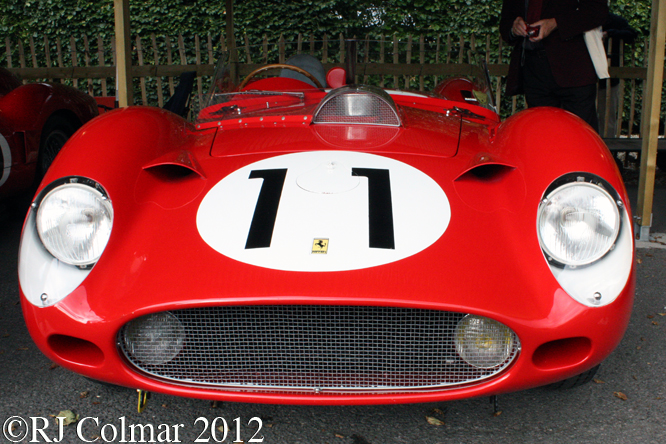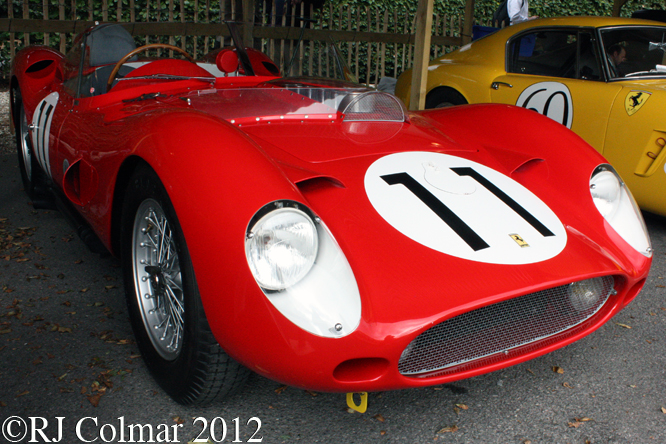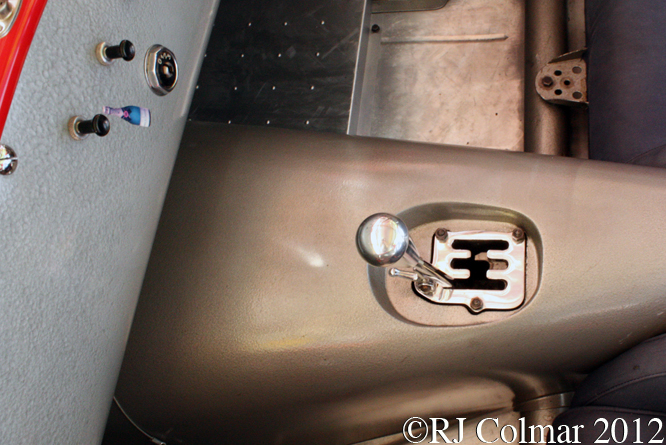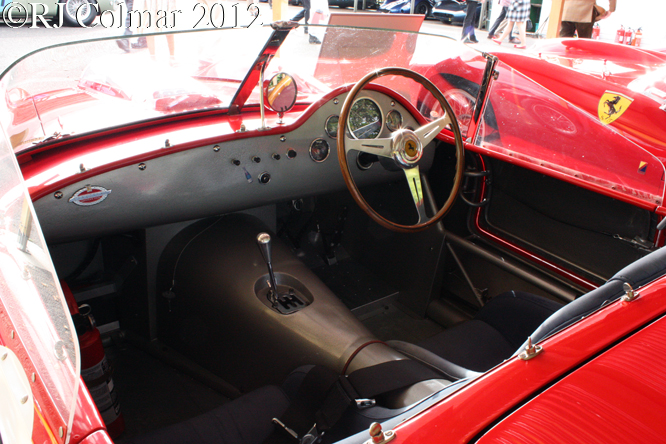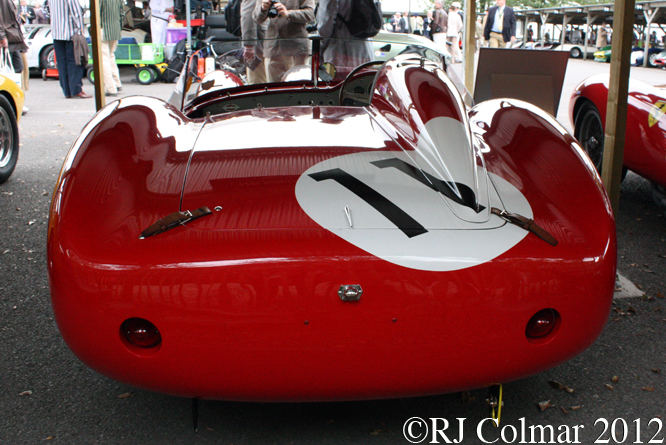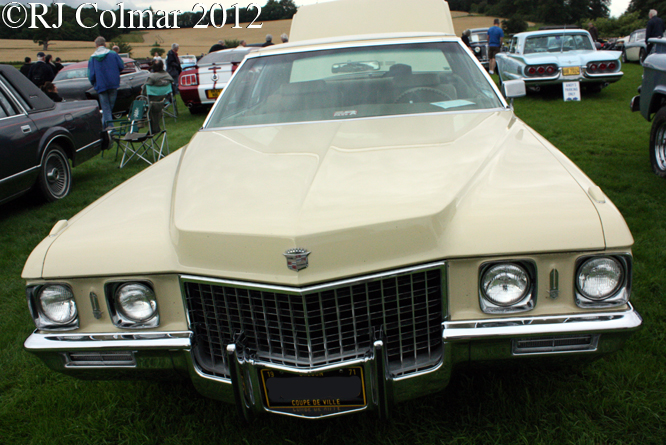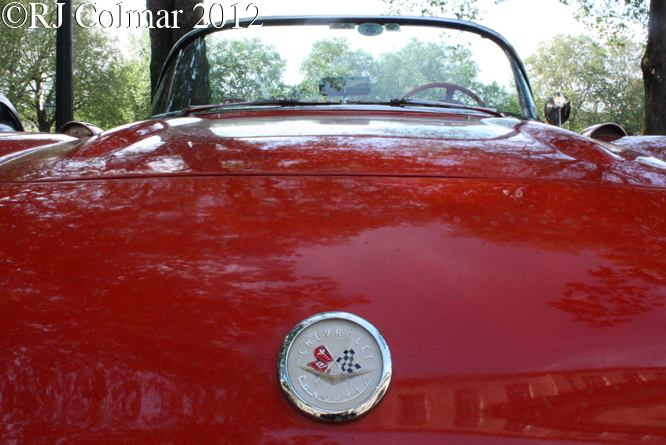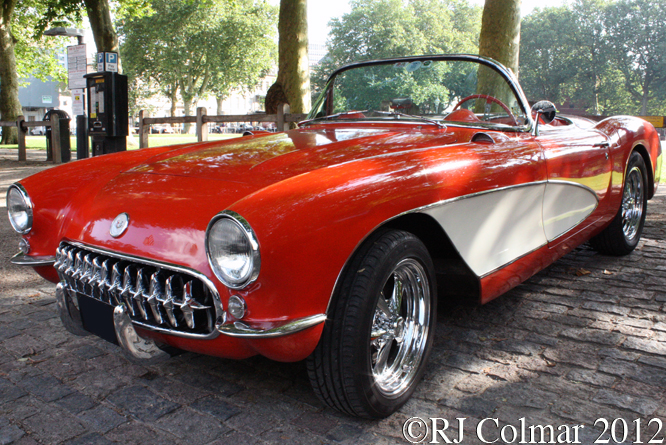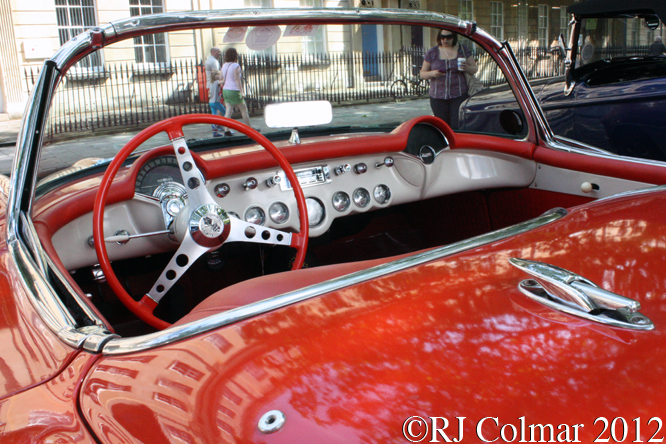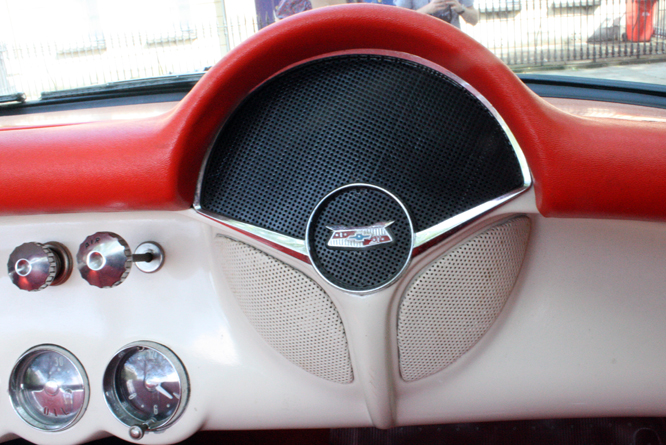Going into 1970 things were looking up as McLaren Cars entered their seventh year. The team had won three consecutive Can Am Championships, 2 for Bruce McLaren and one for Denny Hulme, the inaugural European Formula F5000 championship with Peter Gethin and four championship Formula One races one for Bruce McLaren and three, including the last race of 1969, for Denny Hulme.
In addition to these racing programs for 1970 McLaren were to embark on an Indy program with the new turbocharged McLaren Offy M15 and were contracted to run an Alfa Romeo V8 powered car alongside their new Ford powered M14A Formula One car.

The new M14A was an improvement of the 1969 McLaren M7C, itself based on a Formula F5000 M10A chassis with McLaren M7A Grand Prix winning suspension.
The main feature of the new car was the narrower internal dimensions of the monocoque which were necessary to accommodate larger fuel tanks required by the ever more powerful and thirsty Ford Cosworth DFV V8’s.
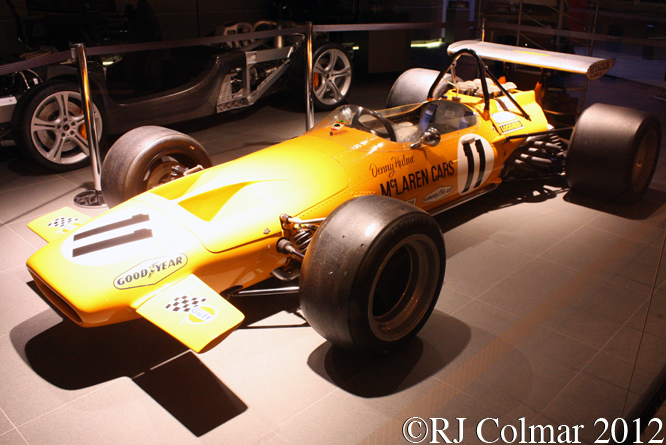
The McLaren M14A was used in all but one race in the 1970 Formula One championship season. It’s best result was on it’s debut in South Africa where Denny Hulme finished second, driving I believe today’s featured car. Bruce McLaren matched that in Spain where he also finished second. After the Monaco Grand Prix where Denny finished forth disaster struck as first Denny was badly burned after his car caught fire in testing at Indianapolis and then a couple of weeks later Bruce was killed while testing the M8D Can Am car at Goodwood.
The team consequently missed the Belgian GP and reappeared at the Dutch Grand Prix with Dan Gurney driving the lead car #M14/1 and 1969 European Formula 5000 champion Peter Gethin making his Formula One championship debut driving today’s featured chassis, both cars retired. Denny Hulme still suffering from burned hands was back in time for the French Grand Prix alongside Dan Gurney and the pair came in 4th and 6th respectively.
#M14/2 is seen at the McLaren Manchester show room in Knutsford above.
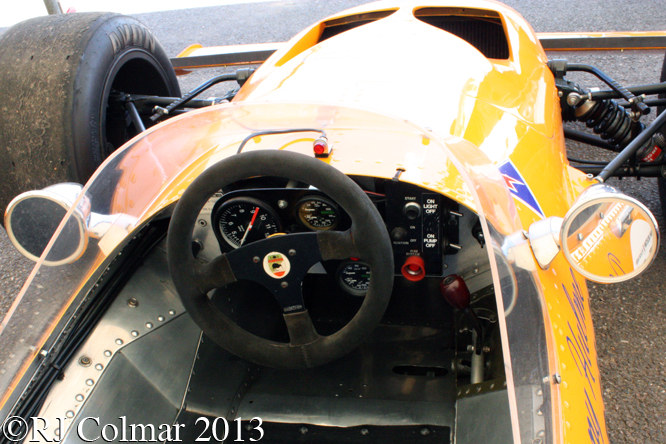
Dan Gurney retired from Formula One after retiring from the British Grand Prix where Hulme finished a remarkable 3rd. Peter Gethin was back in the team for the German Grand Prix where Denny again finished 3rd. Denny retired from the Austrian GP but at Monza for the Italian Grand Prix he came home 4th. Peter Gethin scored his first World Championship point at the Canadian Grand Prix where he finished 6th and Denny rounded out a painful year with a third in the Mexican Grand Prix finishing 4th in the Formula One Championship points table.
Incredibly despite his injuries Denny had also won 6 of the 10 Can Am Championship rounds enough to win the 1970 Chamionship his second Can Am Crown and McLaren Cars 4th consecutive championship aided by a further win from Peter Gethin who also won a second consecutive European Formula 5000 title driving a McLaren. The US, New Zealand and South African Formula 5000 thousand championships were won by John Cannon, Graham McRae and Bob Olthof respectively all also driving McLarens.
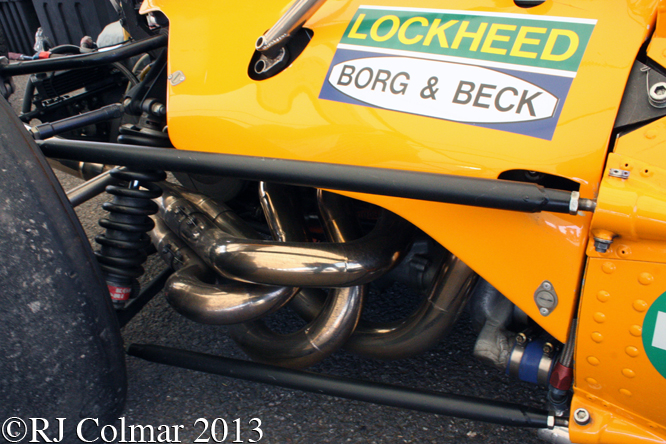
For 1971 #M14/2 was driven by Peter Gethin to two second place finishes in non championship races at Oulton Park and Brands Hatch, the best championship result Peter had from 3 championship start in the car was 8th in the 1971 Spanish Grand Prix.
Jackie Oliver joined McLaren for the British Grand Prix where he qualified #M14/2 22nd but a bungled flag drop saw Jackie crash into Graham Hill at the start causing instant retirement for both and a £50 fine for Jackie. The cars final works appearance was at the 1971 Italian Grand Prix where Jackie qualified 13th and finished 7th in a close fought race won by Peter Gethin now driving a BRM.
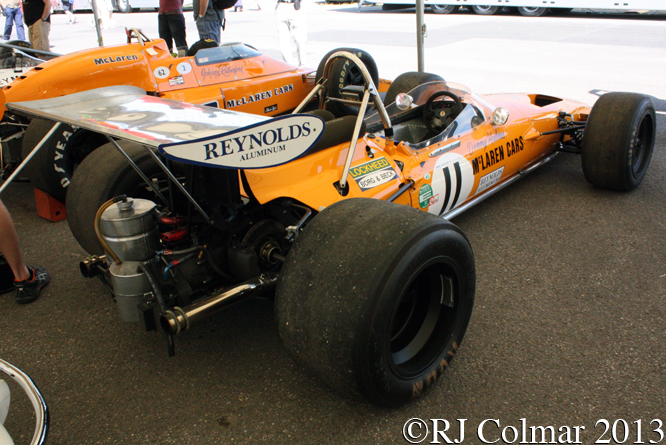
#M14/2 next appeared with a Formula 5000 Chevy stock block V8 motor in the hands of Tony Dean who’s best result was a 10th place finish in his first start in the car at Mondello Park. On his seventh and final attempt, which included retirements from races at Elkhart Lake and Brainerd, to race the car Tony failed to qualify for the non championship 1972 John Player Challenge Trophy at Brands Hatch.
In 1973 at the same venue Willie Wood failed to qualify #M14/2 for the Formula F5000 race or non championship Race of Champions and was not classified in a further appearance at Oulton Park. Allan Kayes then bought #M14/2 was also unclassified at Brands Hatch, finished 11th at Oulton Park and then retired, failed to qualify or failed to start in 12 further races most of which were rounds of the 1974 European Formula 5000 championship.
Thanks for joining me on this “More Fuel” edition of “Gettin’ a li’l psycho on tyres” I hope you will join me again tomorrow. Don’t forget to come back now !


